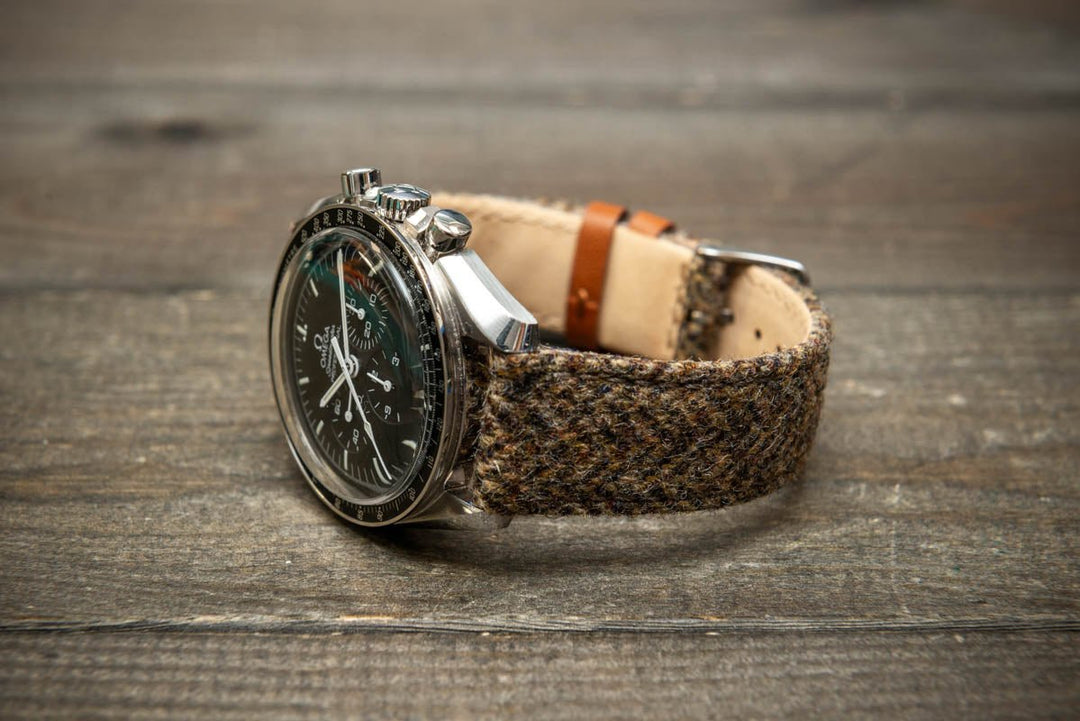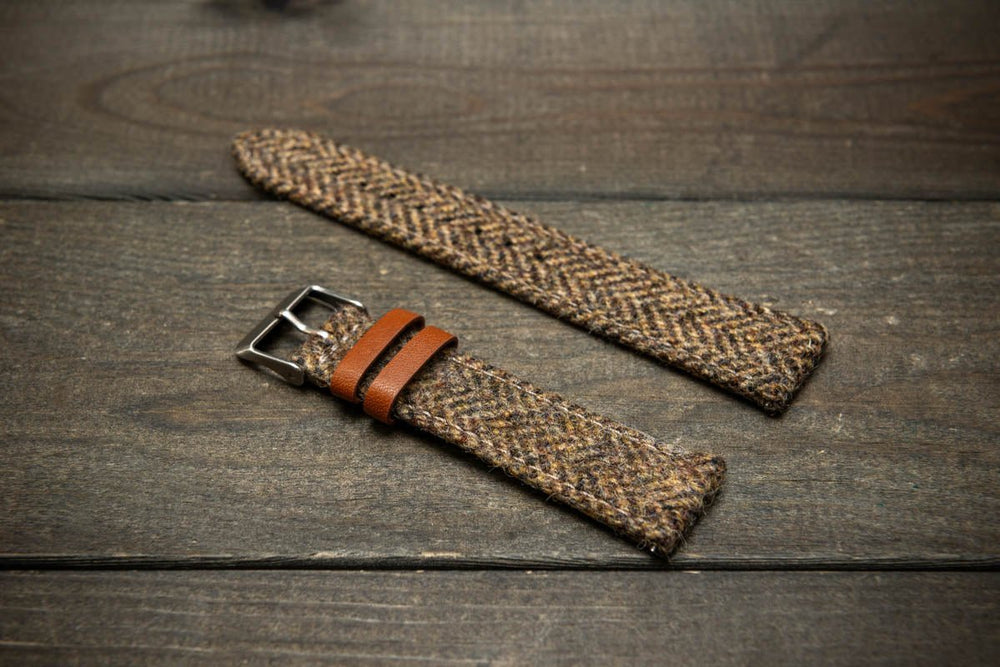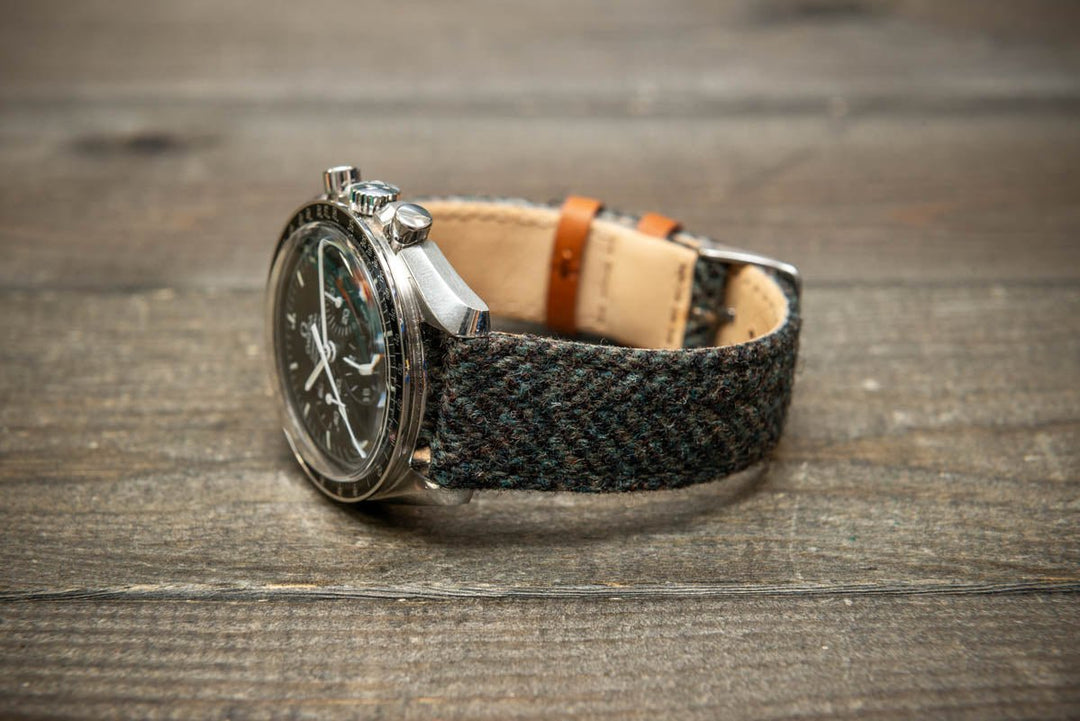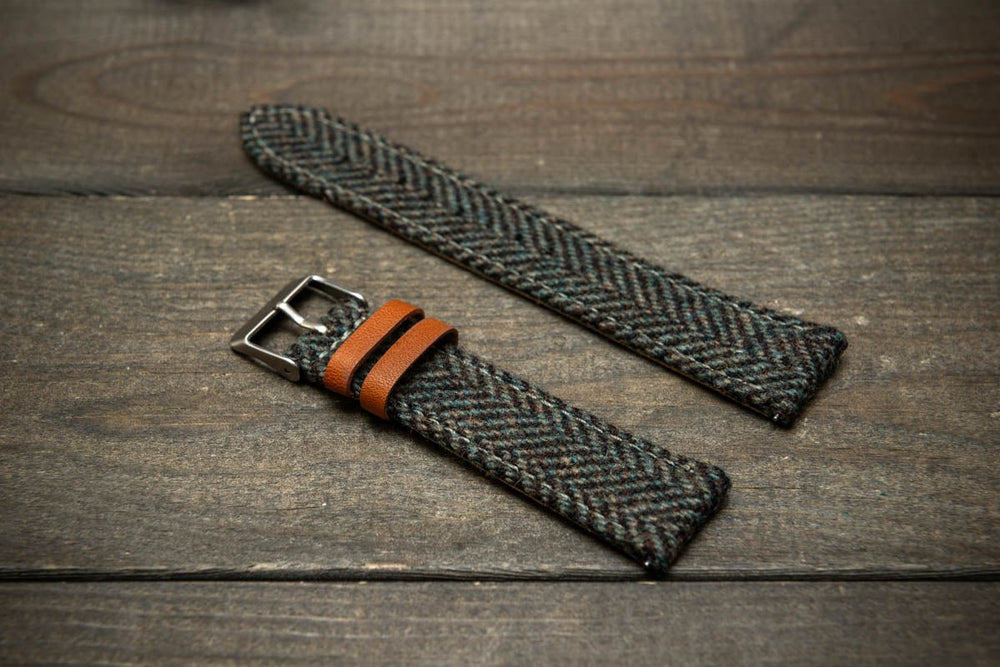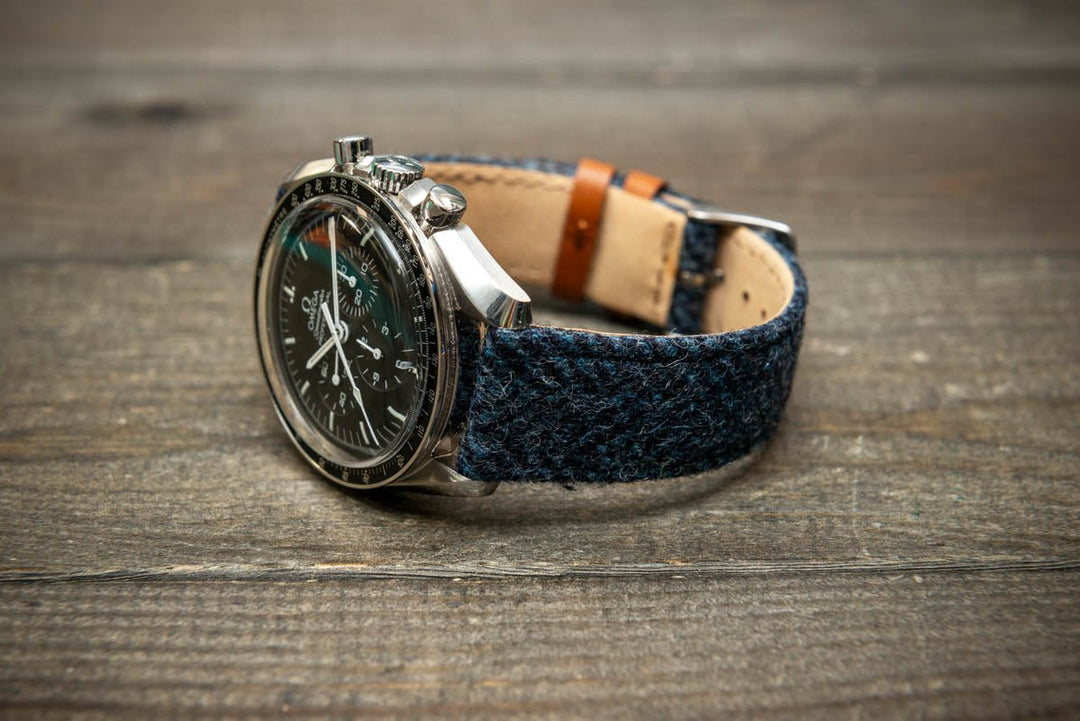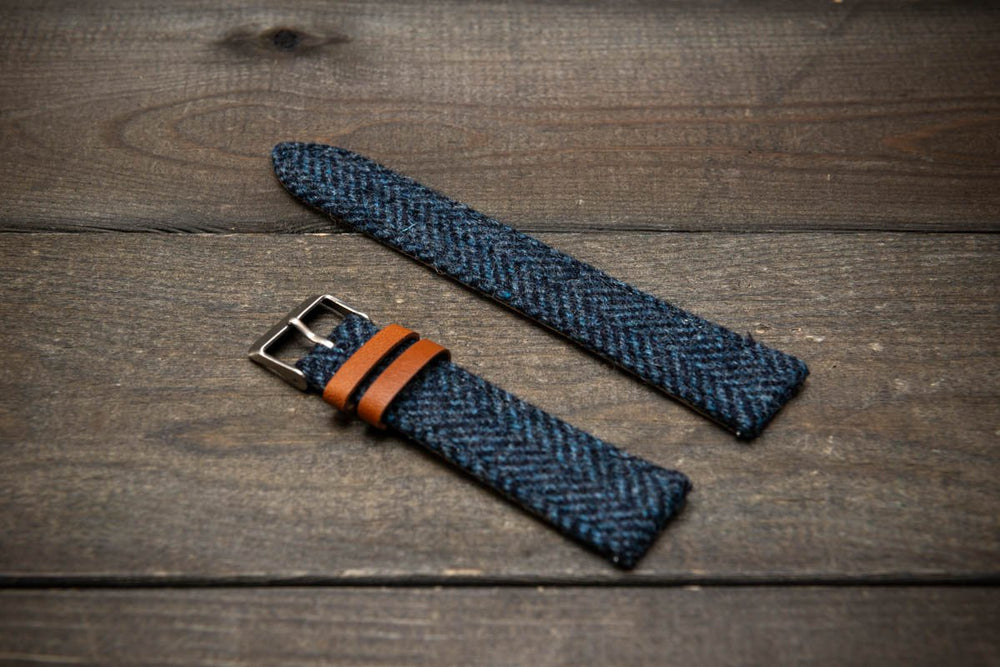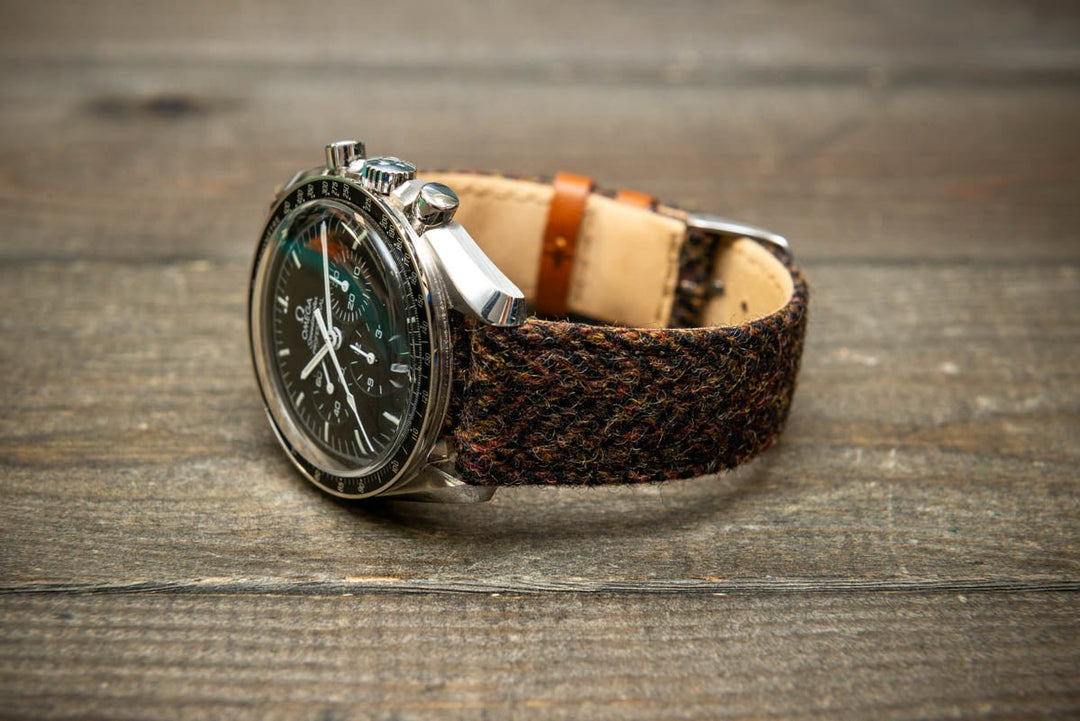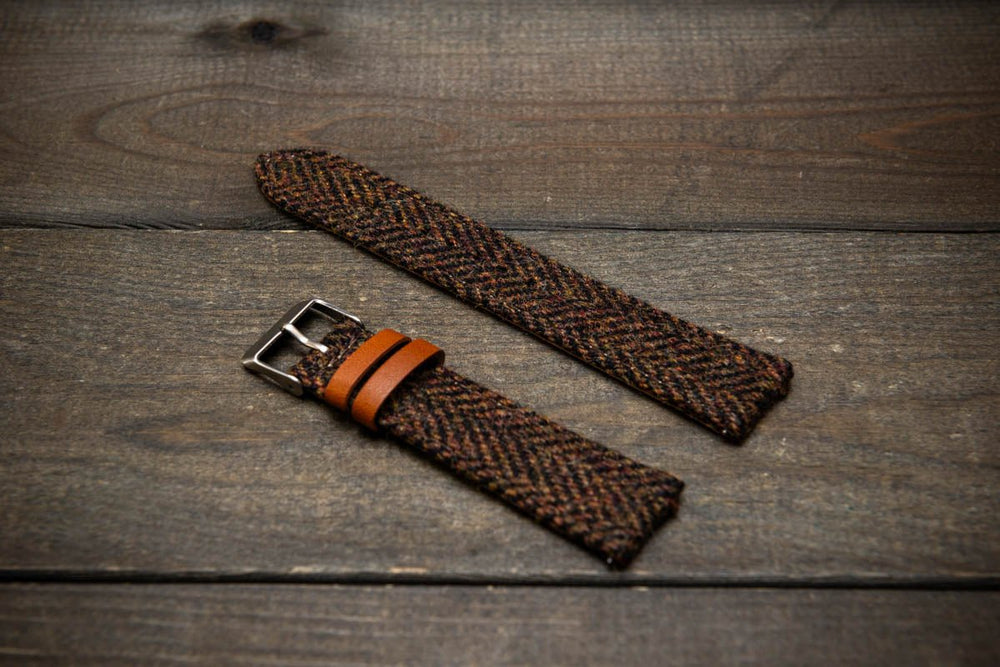The Quality of Leather: Understanding Vintage Leathers

The Quality of Leather: Understanding Vintage Leathers
When it comes to leather watch straps, the quality of the leather is paramount in determining not only the strap's longevity but also its character and appeal. Among the various types of leather, vintage leathers hold a special place. Known for their unique textures and rich histories, vintage leathers can add a distinctive touch to any watch. However, their true vintage age can also influence their lifespan, making it important to understand their qualities and considerations.
Characteristics of Vintage Leather
-
Unique Aesthetic: Vintage leather often features natural variations in color, grain, and texture, which give each strap a distinct look. These imperfections and markings tell a story, making vintage leathers highly sought after for their individuality.
-
Patina Development: Over time, leather develops a patina—a natural aging process that enhances its beauty. This can result in a rich, deep color and a soft, supple texture that many enthusiasts find appealing. However, the aging process can also make the leather more delicate, potentially affecting its longevity.
-
Craftsmanship: Many vintage leathers are crafted using traditional methods that prioritize quality and durability. Hand-stitched seams, natural dyes, and finishes can contribute to a strap's overall strength and appeal. However, the lack of modern treatments may mean that some vintage leathers require more careful maintenance.
Lifespan Considerations
While vintage leathers can be incredibly appealing, their age and the way they were cared for can significantly impact their lifespan:
-
True Vintage Age: Vintage leather can vary widely in age. Some may be only a few decades old, while others might be over a century old. The age of the leather can affect its structural integrity—older leathers may be more prone to dryness, cracking, or brittleness.
-
Previous Treatment: How the leather was treated and cared for in the past plays a crucial role in its current condition. If a vintage strap has been well-maintained, it may still have many years of life left. Conversely, if it was poorly cared for, it may show signs of significant wear.
-
Natural Characteristics: Vintage leathers often exhibit unique characteristics due to their natural aging process. While these traits can enhance their aesthetic appeal, they may also introduce vulnerabilities. For example, a strap that has developed deep creases or softened areas might be more susceptible to wear in those spots.
Caring for Vintage Leather Straps
To extend the lifespan of vintage leather watch straps, proper care is essential:
-
Regular Conditioning: Use high-quality leather conditioners specifically designed for vintage leathers. These products help maintain moisture and suppleness, preventing cracking and dryness.
-
Avoid Excessive Moisture: Vintage leather can be more sensitive to moisture. Whenever possible, keep the strap away from water, and avoid wearing it in wet conditions.
-
Store Properly: When not in use, store vintage leather straps in a cool, dry place away from direct sunlight. This helps prevent further drying and potential damage.
-
Limit Exposure to Heat: High temperatures can cause vintage leather to dry out and become brittle. Keep your watch and strap away from heat sources, such as radiators or direct sunlight.
Conclusion
Vintage leather watch straps are unique treasures that offer a distinct blend of beauty and history. While they can provide a rich aesthetic experience, their age and previous care can significantly influence their longevity. By understanding the characteristics of vintage leather and implementing proper maintenance, you can enjoy the charm and individuality of these straps while ensuring they remain a lasting part of your watch collection. With the right care, a vintage leather strap can continue to tell its story for many years to come.


